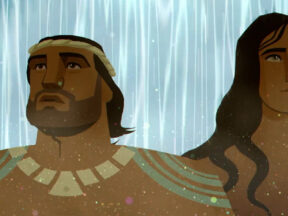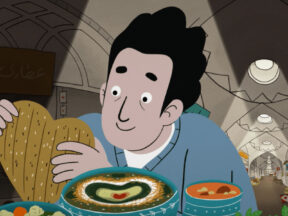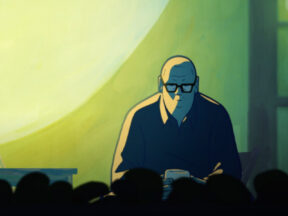
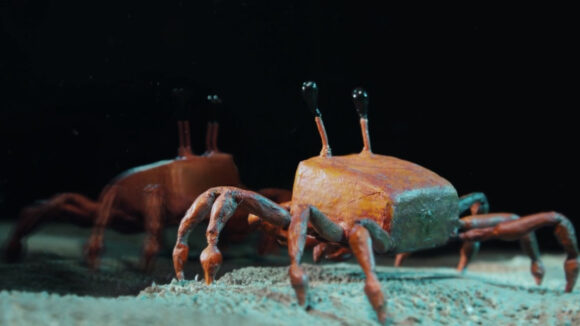
2024 Oscars Short Film Contenders: ‘Crab’ Director Piotr Chmielewski
Welcome to Cartoon Brew’s series of spotlights focusing on the animated shorts that have qualified for the 2024 Oscars. There are several ways a film can earn eligibility. With these profiles, we’ll be focusing on films that have done so by winning an Oscar-qualifying award at an Oscar-qualifying festival.
Today’s short is Crab from director Piotr Chmielewski. The film earned its qualification by winning the jury award for best animated short at the Edmonton International Film Festival.
Unspooling inside a kitchen, the stop-motion short is the story of a crab whose imminent death in the bottom of a cooking pot can only be stopped by an act of God.
Cartoon Brew: How did you create the underwater effects like floating particles, air bubbles, and the ripples on the surface of the fish tank? Were they done practically, or were they added digitally?
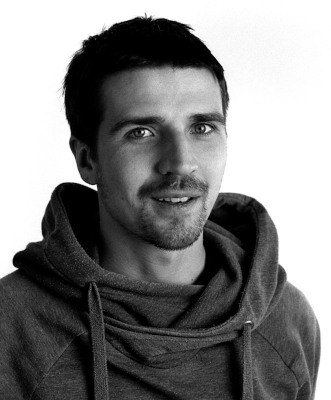
Piotr Chmielewski: Oh! We used a lot of things to create a water effect – plastic foil, gel, transparent plasticine, transparent raisin, glycerin, and even crystal from an old Czech lamp. For example, ripples on the surface of water are made by shooting compressed air on glass covered with a layer of glycerin. It creates circles of ripples for a couple of seconds – just enough time to take a photo. We tried to do everything using the stop-motion technique, but some effects were made with the help of a computer, especially during underwater shots – the morphing of water is a cgi effect. We created a transparent filter to put in front of the camera that created a stop-motion effect of underwater morphing. But in the end, we were too scared to use it. We decided it was too risky because it is very hard to control this transparent filter. On top of that, sometimes it gives weird reflections. So we asked Jacek Mazur, our cgi specialist, to help us with underwater effects, and he did a great job.
What was it about this story or concept that connected with you and compelled you to direct the film?
I would like to create a couple of short movies that tell stories from the perspective of animals. For me, it is a powerful way of building empathy toward other beings, and stop-motion puppet animation creates great opportunities to give life to such concepts. I was collecting ideas for films, and I came across an internet joke that says that from the perspective of a lobster, the sinking of Titanic was a miracle. I couldn’t resist the script potential that this concept had.
What did you learn through the experience of making this film, either production-wise, filmmaking-wise, creatively, or about the subject matter?
My God, I’ve learned a lot. This was my debut; the first time I worked as a director on a professional set and the first time I had the privilege to work with a group of such talented and experienced artists. I’ve learned how essential human relations are in directing movies. I learned to trust my heart a little bit more. I learned how many things you can do with hot glue.
Can you describe how you developed your visual approach to the film? Why did you settle on this style/technique?
I discovered the paper mache technique during the Primanima workshop with Peter Vacz and Joseph Wallace in 2017. Puppets and almost all scenography elements in Crab have this rough paper mache structure I really like.
The scenography in our movie was made in 1:1 scale, which is quite unique for puppet stop-motion animation. In the beginning, we found this direction a bit risky, but our scenographers – Krzysztof Wierzbowski and Iza Ambroziak – did an amazing job and managed to build a full-size ship kitchen. We tried to use historical references. For example, the stove in the kitchen or buttons of the chef’s uniform are exact replicas of objects from White Star Line ships.

.png)
